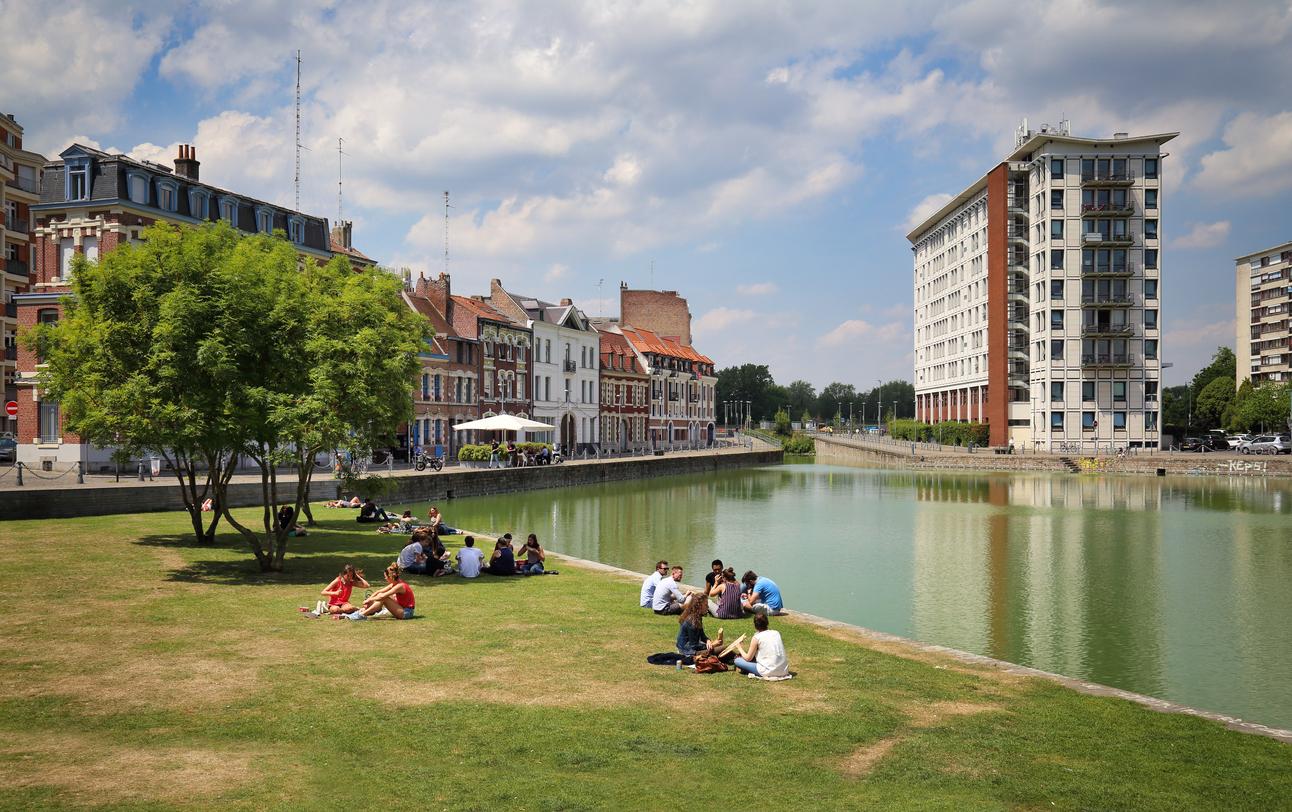1.7 million child deaths worldwide are attributable to the environment. This is the alarming observation made by the World Health Organization (WHO) in two reports on the impact of the environment and pollution on children’s health. The environmental causes taken into account include indoor and outdoor pollution, passive smoking, unsanitary water, lack of sanitation and poor hygiene. These factors influence each other, since a polluted environment degrades the state of the water, for example. Passive smoking adds to the unhealthy air that children breathe.
Pollution is particularly harmful to young children whose organs and immune system are still developing. Their smaller airways have poor resistance to air pollutants.
Particularly worrying air pollution
Both reports reveal that many of the diseases that are the leading killers of children under five can be prevented through environmental interventions such as access to clean water and the use of clean fuels for food. meal preparation. The risks to which children are exposed begin during pregnancy. They lead to more respiratory infections (570,000 child deaths per year attributable to pollution and passive smoking) such as pneumonia or asthma. Other problems detected in younger children: diarrhea, exposure to chemical pollutants such as lead or mercury, prematurity, increased risk of cancer, cardiovascular disease and stroke. The WHO concludes that many sectors of government can help improve the environmental living conditions of children: housing, schools and health, transport, urban planning, industry …
To read also
Air pollution kills 48,000 per year in France
Pollution: how to protect yourself from fine particles
Air pollution, the third leading cause of death in France
















